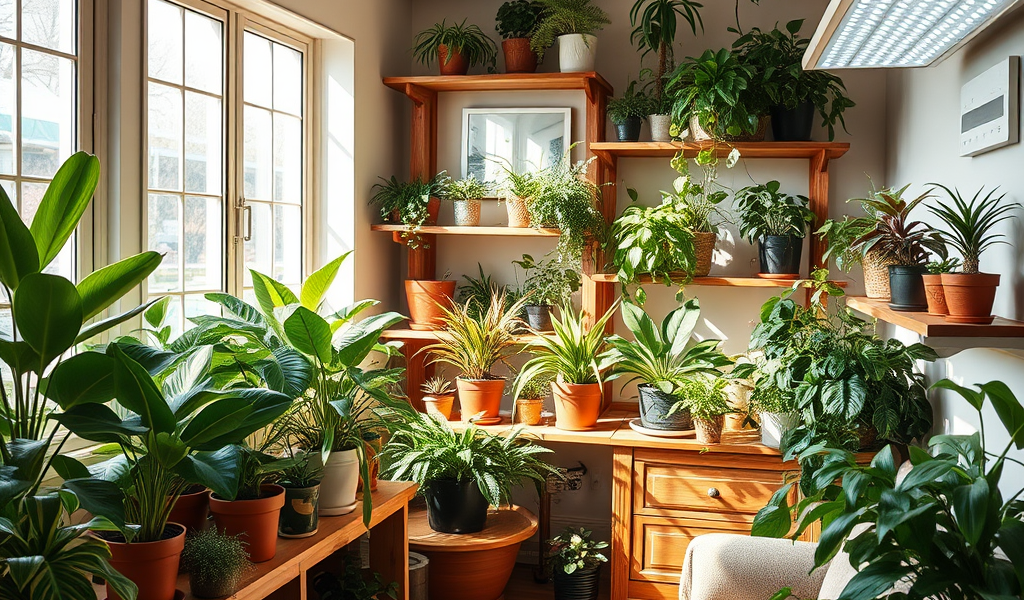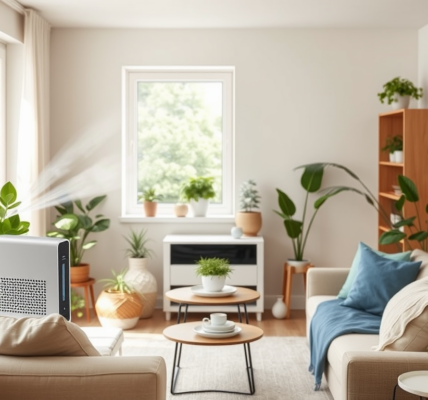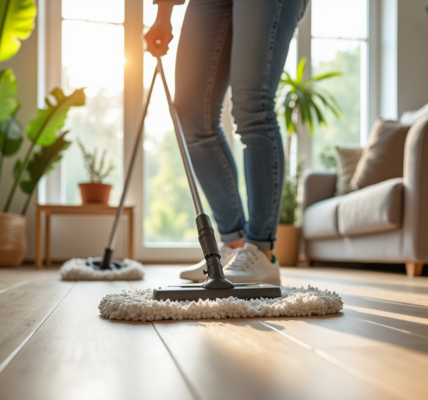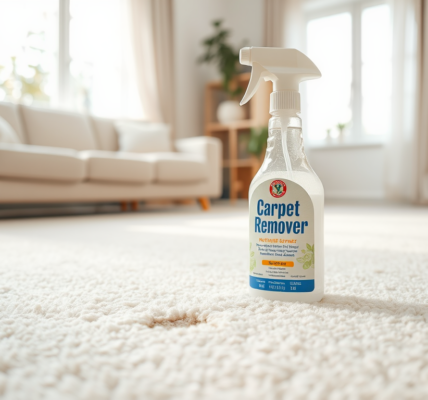For those who thrive on nurturing houseplants, understanding the role of artificial lighting cannot be overstated. Grow lights are not just convenient; they can be transformative, bridging the gap when natural sunlight is in short supply. As we delve into the dynamic world of grow lights, you’ll discover how different types can cater to the needs of your beloved green friends throughout the seasons. Whether you’re sprouting new seedlings in spring or keeping your winter beauties alive, choosing the right grow light is crucial. This guide will break down key considerations and offer recommendations tailored for each season, ensuring your plants get the best possible care year-round.
With so many options available, the right grow light can enhance growth rates, improve flower production, and increase the overall joy of indoor gardening. As we explore this topic, expect not only technical insights but also practical tips that will help you make informed decisions. We will compare types of grow lights, their effectiveness across seasons, and most importantly, how to apply this knowledge in your home. This article appeals to both novice gardeners and seasoned plant enthusiasts. Now, let’s dive deeper into what grow lights are and how they function.
Understanding Grow Lights

Grow lights are artificial light sources specifically designed to encourage plant growth by providing necessary light wavelengths. By mimicking the natural spectrum of sunlight, these lights facilitate effective photosynthesis, which is essential for plants to thrive. One of the most appealing aspects of grow lights is their adaptability; they can be utilized in any environment where natural light is limited. Moreover, not all grow lights produce the same types of light, making it important to choose wisely based on the plant species and the season. Generally, grow lights fall into four main categories, each with unique advantages and disadvantages. This selection allows gardeners to customize their approach based on their plant’s specific lighting needs.
- LED Grow Lights: Highly energy-efficient and long-lasting, these lights are perfect for all types of plants.
- Fluorescent Grow Lights: Excellent for seedlings and young plants due to their balanced spectrum.
- Incandescent Grow Lights: While cheaper, these are less efficient and usually not recommended due to excess heat production.
- High-Intensity Discharge (HID) Lights: Powerful options ideal for larger setups, frequently found in commercial gardening.
Grow Lights in Spring
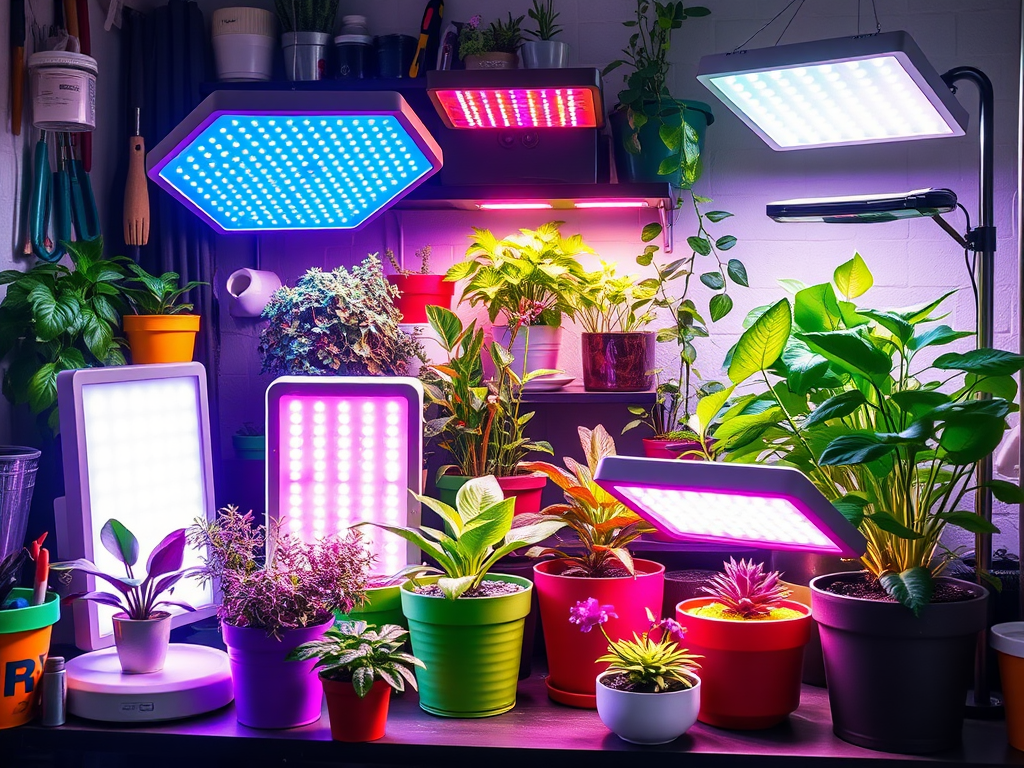
As winter fades away, houseplants begin their seasonal awakening. In spring, the longer days and warming temperatures encourage fresh growth. However, many indoor plants still benefit from additional lighting to maximize their potential during this active growth phase. During this season, full-spectrum LED lights emerge as the ideal choice for indoor gardening enthusiasts. They not only provide the required wavelengths for robust growth but also combine energy efficiency with longevity. Proper light management is paramount, especially as plants start to bud and bloom.
Maximizing growth requires specific conditions. Here are the best practices for using grow lights during spring:
- Light Duration: 12-16 hours a day
- Ideal Spectrum: Full spectrum with an emphasis on blue light to encourage leaf growth
Grow Lights in Summer
In summer, natural sunlight floods most indoor environments, but certain houseplants still require supplemental lighting. This is especially true for plants that may be positioned in corners or away from direct light sources. Using grow lights during this time can ensure your plants continue to thrive without becoming leggy or unhealthy. During the peak summer months, consider utilizing lower-intensity grow lights that complement the strong natural light outside. The goal is to strike a balance that supports healthy growth without overwhelming the plants.
To maintain a healthy light environment in summer, bear these points in mind:
- Light Duration: 10-14 hours a day
- Ideal Spectrum: Focus primarily on light supplementation to prevent overexposure
Grow Lights in Fall
As summer’s warmth retreats, plants start to prepare for the slower growth associated with fall. The reduced photoperiod can significantly impact indoor plants, making it essential to adapt lighting strategies accordingly. Full-spectrum lights become beneficial again, as they support plants adjusting to the changing seasons. When selecting grow lights for fall, consider their capacity to provide a balanced spectrum that caters to both vegetative growth and flowering. It’s also important to monitor the light duration to prevent shock to your plants.
For optimal growth in the fall months, observe the following conditions:
- Light Duration: 12-16 hours a day
- Ideal Spectrum: A balanced spectrum including both blue and red light to transition back into dormancy smoothly
Grow Lights in Winter
Without question, winter represents one of the most challenging times for indoor gardening. The drastic decrease in natural light can hinder plant growth, leading to withered leaves or stunted growth. Consequently, optimizing lighting during this period is vital for the health of your houseplants. LED grow lights become particularly crucial in the winter; they efficiently mimic sunlight, ensuring that plants receive the light they need without excessive heat, which could damage them. Creating an appropriate light schedule will go a long way in keeping your plants healthy during these darker months.
For winter success, adhere to these recommended guidelines:
- Light Duration: 12-18 hours a day
- Ideal Spectrum: High in red light to stimulate growth and flowering
| Season | Light Duration | Ideal Spectrum |
|---|---|---|
| Spring | 12-16 hours | Full Spectrum (Blue Emphasis) |
| Summer | 10-14 hours | Light Supplementation |
| Fall | 12-16 hours | Balanced Spectrum (Blue and Red) |
| Winter | 12-18 hours | High Red Light |
Conclusion
Armed with the knowledge of how grow lights can benefit your houseplants, you have the power to create a flourishing indoor garden throughout the year. Understanding the seasonal requirements and choosing the right type of grow lights accordingly can enhance growth, improve health, and boost blossoming blooms. By following these guidelines, you set your plants up for success, regardless of the time of year. Remember that vigilance and adjustments are key as you fine-tune your lighting strategy. Happiness in indoor gardening is within your reach—let your plants shine all year round!
Frequently Asked Questions
- What are the best grow lights for indoor plants? Full-spectrum LED grow lights are generally the most versatile and efficient option for indoor plants.
- How many hours should I run my grow lights? Most houseplants require between 10 to 18 hours of light, depending on their growth stage and the season.
- Can I use regular light bulbs for growing plants? While incandescent bulbs can provide some light, they are not efficient for plant growth and produce too much heat. LEDs or fluorescent lights are better choices.
- Do grow lights produce heat? Yes, but different types produce varying amounts. LEDs produce minimal heat, while incandescent and HID lights can generate significant heat.
- How far should grow lights be from plants? The distance depends on the type of light used. Generally, LEDs can be kept 12 to 24 inches away, while others may need to be further away to prevent leaf scorch.
